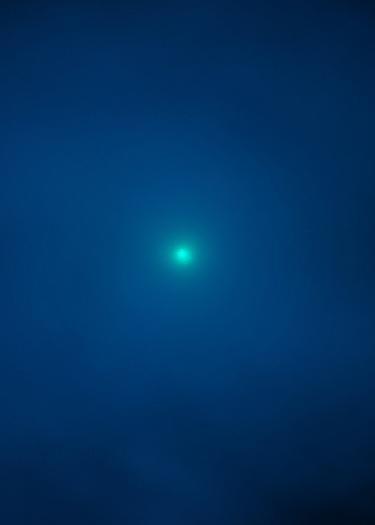Probing the Protosolar Cloud: A closer look at our Solar System’s circumstellar building blocks
- Wednesday, 26. November 2025, 11:00 - 12:00
- INF 235 gHs
- Dr. Jan Leitner, MPI Chemistry Mainz
The Solar System formed 4.6 billion years ago from the collapse of an interstellar dust and gas cloud. Most of the progenitor material was heated and modified in this formation process. However, a small fraction of the original building blocks – interstellar and circumstellar dust grains – escaped destruction and can be found today in primitive Solar System materials. Each circumstellar dust grain, “stardust” in the truest sense of the word, carries the isotopic “fingerprint” of its parent star. For certain elements, the isotopic compositions of this stardust deviate from Solar System average by up to several orders of magnitude. The study of these isotopic anomalies allows valuable insights into stellar nucleosynthesis, dust formation around red giant stars, novae, and supernovae, and also into the chemical evolution of the Milky Way.
Recent analytical advancements facilitated high precision isotopic measurements of magnesium, potassium, calcium, and iron in the most abundant type of stardust, providing a wealth of new data on – and raising new questions about – the origins of the most pristine building blocks of the nascent Solar System.

Address
INF 235 gHs
Event Type
Kolloquium
All Dates of the Event 'Geokolloquium'
Winter Semester 2025/2026
Organisation
Derya Gürer